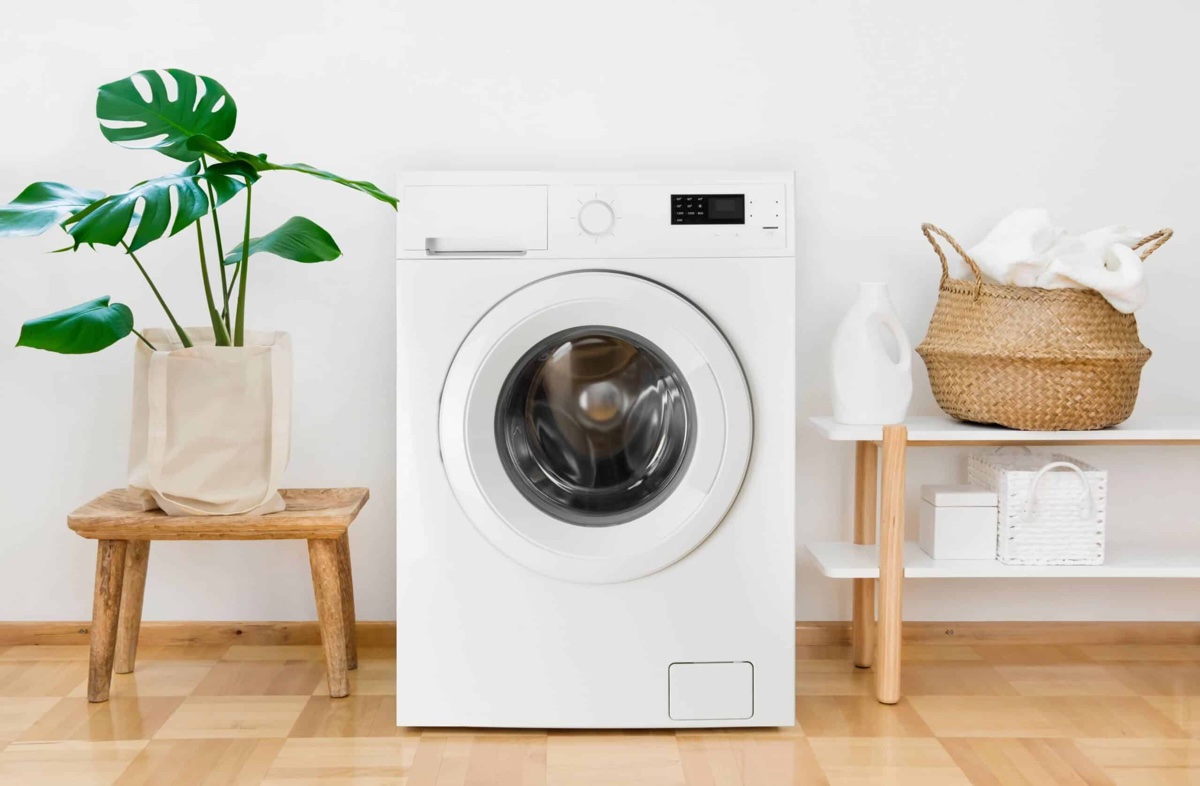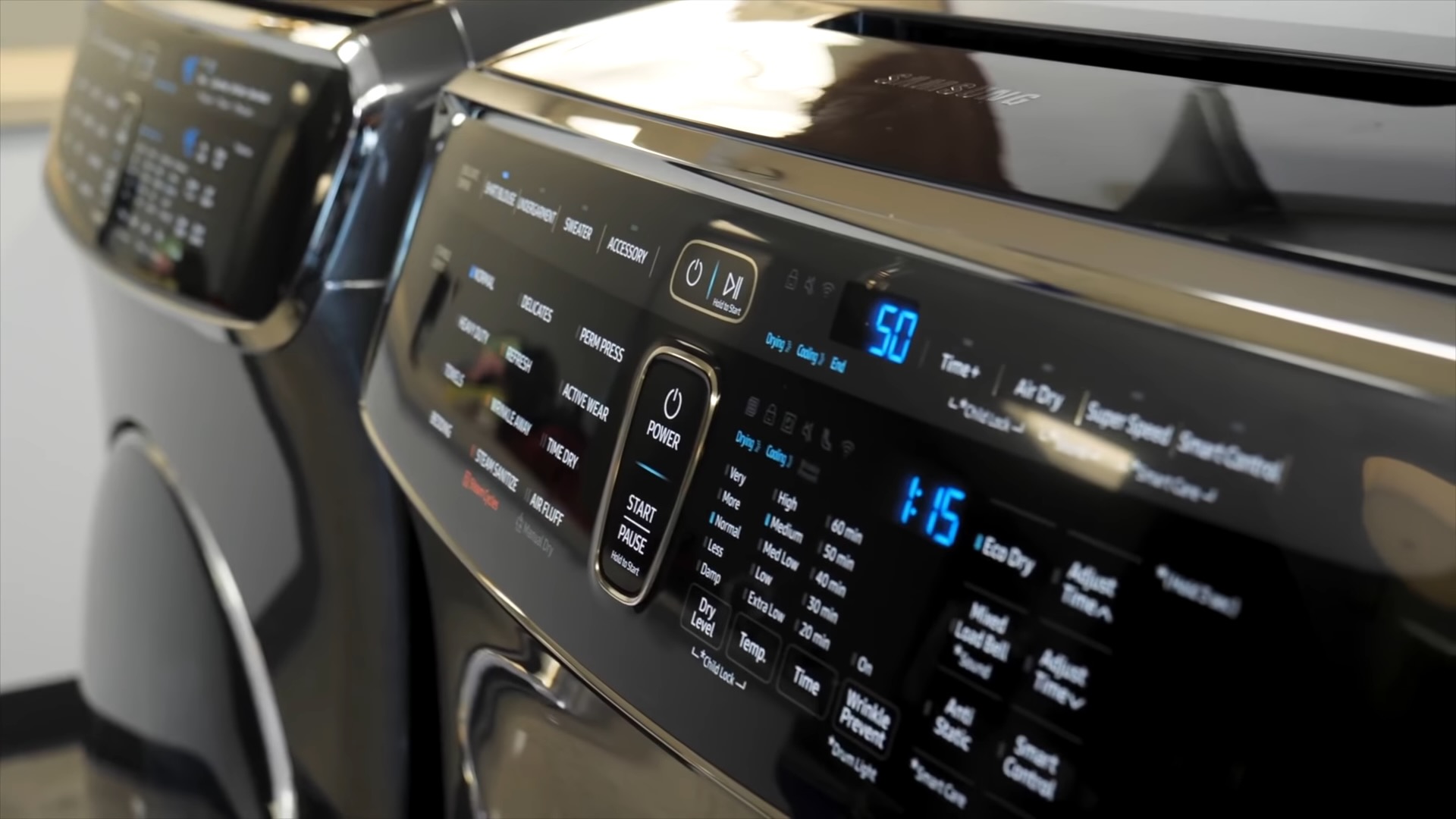

Articles
How Many Amps Does An Rv AC Use
Modified: September 2, 2024
Learn about the power usage of RV air conditioners. Find out how many amps they typically use and get expert advice in our informative articles.
(Many of the links in this article redirect to a specific reviewed product. Your purchase of these products through affiliate links helps to generate commission for Storables.com, at no extra cost. Learn more)
Introduction
Welcome to the world of RV camping! Whether you’re a seasoned RVer or just starting to explore the joys of mobile living, understanding the ins and outs of your recreational vehicle’s electrical system is essential. One particular component that often draws a lot of attention is the RV air conditioner (AC) and its power consumption. In this article, we’ll dive into the topic of how many amps an RV AC uses, helping you make informed decisions about power usage and optimization.
Before we delve into the specific amp usage of RV AC units, let’s first take a moment to grasp the basics of RV power consumption. Most RVs are equipped with both a 120-volt AC system, which operates when connected to shore power or a generator, and a 12-volt DC system that powers lights, fans, and smaller appliances through the RV’s battery. The RV AC unit, however, relies on the 120-volt AC system to function.
Understanding the power requirements of your RV AC unit is crucial not only for planning your energy usage but also for ensuring that you have the necessary power sources available, whether you’re staying at a campground with electrical hookups or boondocking off-grid. So let’s explore the factors that affect the amp usage of an RV AC and discover some practical tips for optimizing power consumption.
Key Takeaways:
- Understanding RV AC power consumption is crucial for managing energy usage and ensuring a comfortable living environment during RV adventures. Factors like size, temperature settings, and insulation impact amp usage.
- Practical tips such as proper insulation, optimizing temperature settings, and utilizing natural ventilation can significantly reduce RV AC power consumption, enhancing overall energy efficiency and sustainability.
Read more: How Many Amps Does An RV Air Conditioner Use
Understanding RV AC Power Consumption
RV air conditioners are designed to keep you cool and comfortable even in the hottest summer months. These units work by drawing in warm air from inside your RV, passing it over a series of cooling coils, and then blowing the cooled air back into the living space. While the process may sound simple, it does require a significant amount of electrical power.
The power consumption of an RV AC unit is measured in amps. Amps, short for amperes, represent the rate at which electric current flows through a circuit. The higher the amp rating, the more power the device requires to operate. RV AC units typically range in amp usage from 12 to 18 amps, with some larger units consuming even more.
It’s important to note that the power consumption of an RV AC unit can vary depending on various factors, such as the size of the unit, the temperature setting, and the ambient temperature outside. Additionally, different types of RV air conditioners may have different amp requirements. In the next section, we’ll explore some of these factors and their impact on RV AC amp usage.
Factors Affecting RV AC Amp Usage
Several factors can influence the amp usage of an RV AC unit. Understanding these factors will help you better manage your RV’s power consumption and ensure that you have enough power available for other appliances and systems.
1. Size and Capacity: The size and capacity of the RV air conditioner play a significant role in amp usage. Larger AC units with higher cooling capacities tend to consume more power. It’s essential to consider the size of your RV and the cooling needs of your specific living space when choosing an AC unit.
2. Temperature Setting: The temperature setting on your RV AC unit can affect its amp usage. Lower temperature settings typically require more energy to cool the air, resulting in higher amp usage. Adjusting the temperature setting to a comfortable but slightly higher level can help reduce power consumption.
3. Insulation and Sealing: The overall insulation and sealing of your RV can impact the power efficiency of your AC unit. Well-insulated RVs with tight seals around windows and doors can retain cool air better, reducing the load on the AC unit and potentially lowering amp usage.
4. Outside Temperature: The ambient temperature outside your RV can influence the amp usage of your AC unit. Hotter temperatures require the AC unit to work harder to cool the air, resulting in higher power consumption. It’s essential to be mindful of the temperature outside and adjust your cooling needs accordingly.
5. Energy Efficiency: Some RV AC units are designed with energy-saving features and technologies, such as variable-speed compressors and programmable thermostats. These energy-efficient models can help reduce power consumption and lower amp usage without compromising comfort.
By considering these factors and making informed choices about your RV AC usage, you can optimize power consumption and make the most of the electrical resources available to you.
When determining how many amps an RV AC uses, consider that most RV air conditioners require 12-16 amps to start up and 7-10 amps to run continuously. It’s important to check the specific requirements of your RV AC unit to ensure you have the appropriate electrical setup.
Typical Amp Usage for Different Types of RV Air Conditioners
RV air conditioners come in various types, and each type may have different amp requirements. Here, we’ll explore the typical amp usage for some of the most common types of RV air conditioners:
- Roof-Mounted AC Units: Roof-mounted AC units are the most common type found in RVs. These units typically range from 13,500 to 15,000 BTUs (British Thermal Units) and have an amp usage of around 12 to 16 amps. It’s important to check the specifications of your specific RV AC unit as amp requirements can vary slightly.
- Ducted AC Units: Ducted AC units are similar to roof-mounted units but have a more extensive ducting system to distribute cool air throughout the RV. Their amp usage is typically in the range of 12 to 16 amps, depending on the size and capacity of the unit.
- Portable AC Units: Portable AC units are self-contained units that can be placed inside the RV or on the ground outside. These units are usually smaller in size and have lower cooling capacities. The amp usage of portable AC units can range from 9 to 12 amps.
- Window AC Units: Although less common in RVs, some owners opt for window AC units for cooling. These units typically have lower cooling capacities, ranging from 5,000 to 8,000 BTUs, and an amp usage of around 5 to 7 amps.
It’s essential to keep in mind that these amp usage figures are general estimates and can vary based on factors such as the specific make and model of the RV AC unit, temperature settings, insulation, and other environmental factors. Always refer to the manufacturer’s specifications and consult with a professional if you have any concerns or questions about the amp requirements of your RV air conditioner.
Tips for Reducing RV AC Power Consumption
While RV air conditioners are essential for staying comfortable on hot summer days, their power consumption can strain your RV’s electrical system, especially when camping off-grid or relying on a limited power supply. Here are some practical tips to help you reduce RV AC power consumption:
- Keep the RV Well-Insulated: Proper insulation is crucial for maintaining a cool interior temperature. Insulate your RV walls, ceiling, and windows to minimize heat transfer, reducing the workload on your AC unit and lowering amp usage.
- Utilize Window Shades or Reflective Covers: Blocking out direct sunlight can significantly reduce the amount of heat entering your RV. Use window shades or reflective covers to prevent heat buildup, allowing your AC unit to work more efficiently.
- Optimize Temperature Settings: Set your AC temperature to a comfortable level, rather than excessively low. Every degree higher can make a noticeable difference in amp usage. Consider using fans or opening windows at night when temperatures are cooler.
- Limit AC Usage to Hotter Hours: To conserve power, consider using your AC unit during the hottest hours of the day when cooling is most essential. Outside of those peak hours, rely on natural ventilation, shade, or fans to keep the interior comfortable.
- Use Ceiling Vent Fans: Ceiling vent fans can help circulate cool air throughout the RV. By running these fans alongside your AC unit, you can enhance air circulation and reduce the reliance on your AC, resulting in lower power consumption.
- Perform Regular AC Maintenance: Regular maintenance of your RV AC unit ensures its optimal performance and efficiency. Clean or replace air filters, remove debris from the condenser unit, and schedule professional inspections to identify and address any issues that may be affecting efficiency.
- Consider Energy-Efficient Upgrades: If your RV AC unit is outdated or not energy-efficient, consider upgrading to a newer model. Look for units with Energy Star certification or features like variable-speed compressors, which are designed to reduce power consumption.
- Take Advantage of Shade and Ventilation: Park your RV in shaded areas to reduce direct exposure to sunlight. This allows for a cooler interior and reduced reliance on the AC unit. Additionally, use roof vents or windows strategically to promote natural airflow and ventilation.
Implementing these tips can help you maximize your RV AC’s efficiency, reduce power consumption, and prolong the life of your RV’s electrical system. Remember, a few small adjustments can go a long way in conserving energy while enjoying the comforts of air conditioning during your RV adventures.
Read more: How Many Amps Does An HVAC Use
Conclusion
Understanding the amp usage of your RV air conditioner is essential for managing power consumption, optimizing energy efficiency, and ensuring a comfortable living environment during your RV adventures. By considering the factors that affect amp usage, such as the size and capacity of the AC unit, temperature settings, insulation, and outside temperature, you can make informed decisions to reduce power consumption and make the most of your RV’s electrical resources.
Additionally, being aware of the typical amp usage for different types of RV air conditioners allows you to choose the right unit for your specific needs and plan your electrical requirements accordingly. Roof-mounted AC units, ducted AC units, portable AC units, and window AC units all have varying amp requirements that you should consider when purchasing or using these units.
To further optimize power consumption, take advantage of practical tips such as proper insulation, the use of window shades or reflective covers, optimizing temperature settings, limiting AC usage to hotter hours, utilizing ceiling vent fans, performing regular AC maintenance, considering energy-efficient upgrades, and maximizing shade and natural ventilation. These strategies can significantly reduce amp usage and enhance the overall efficiency of your RV’s electrical system.
By implementing these tips and being mindful of your power consumption, you can enjoy the benefits of your RV air conditioner while conserving energy and ensuring a comfortable and sustainable camping experience. Remember, a little effort in power optimization goes a long way in preserving your RV’s power resources and minimizing your ecological footprint.
So, stay cool, conserve power, and embrace the adventures that await you on the road in your RV!
Frequently Asked Questions about How Many Amps Does An Rv AC Use
Was this page helpful?
At Storables.com, we guarantee accurate and reliable information. Our content, validated by Expert Board Contributors, is crafted following stringent Editorial Policies. We're committed to providing you with well-researched, expert-backed insights for all your informational needs.















0 thoughts on “How Many Amps Does An Rv AC Use”